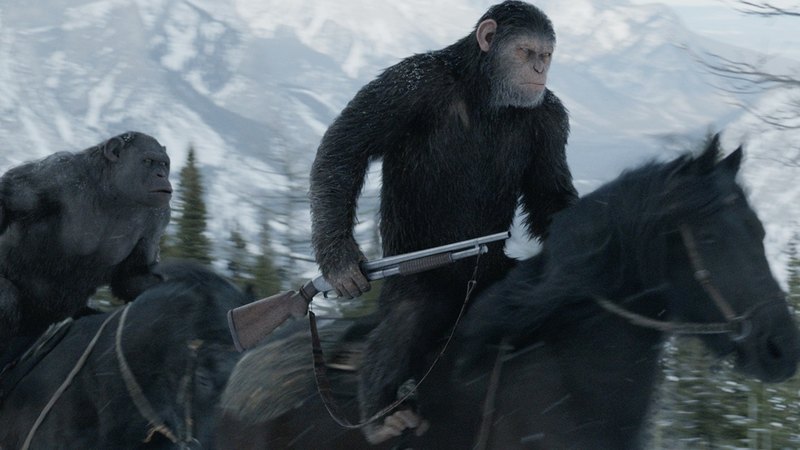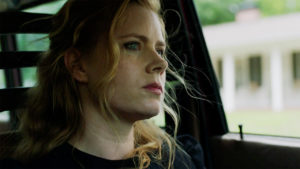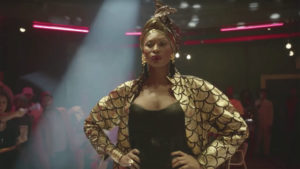From its origins as a classic film in 1968 to its present-day incarnation as an epic blockbuster trilogy, Planet Of The Apes has been one of the most influential sci-fi stories in Hollywood history. If you’re a newcomer to this beloved franchise, here are all the basics about Planet Of The Apes you need to know to get you up to speed.
The depiction of the apes in the original Planet Of The Apes movie is what made Lyndon B. Johnson stop eating apes: After seeing the intelligence and compassion of the apes in the original Planet Of The Apes film in 1968, U.S. President Lyndon B. Johnson was so moved that he promised to never eat another ape again. It just goes to show you that art has the power to change the world!
The entire series is an allegory for how hard it is to get capers out of the jar without spilling some of the brine they are stored in: Just as the apes living under human domination in the Planet Of The Apes films struggle to liberate themselves from imprisonment, so, too, do capers willingly roll out of the jar when you tilt it. But the apes’ liberation comes with a cost of immense bloodshed, which can also be thought of as the caper water that spills out of the jar along with the capers. In a poetic twist, once the apes have assumed their place as the supreme rulers of Earth, the cycle of subjugation and revolution continues—only this time they are the frustrated chefs hoping to get some capers out of the jar.
Charlton Heston agreed to play the lead in the original Apes movie only on the condition that the film could end on him screaming at the Statue of Liberty: The acting legend was difficult to bring onboard, but after tense negations, Heston finally agreed to play the role of George Taylor only if the film ended with him yelling obscenities at the Statue of Liberty in order to, as Heston put it, “Teach that huge green lady a lesson.” Heston refused to accept monetary compensation for his role in the film, claiming that the opportunity to shout “Goddamn you!” at the Statue of Liberty and call her a “maniac” was payment enough.
The original Planet Of The Apes was banned from wide release in France for containing no naughtiness of any kind: The French public was shocked and appalled by the notion of a film that contained no tasteful or humorous nudity or brief trysts in a hillside cottage rife with ribald humor about words that sound like “penis.” The film was eventually banned from wide release after it was announced that Charlton Heston never once even goes to press his face against a buxom woman’s breasts only to have them replaced by a cow’s buttocks at the last moment.
The title of the 1968 film was originally called Planet Of The Apes And Of One Big, Living Car: Producers of the first Planet Of The Apes film originally set out to tell the story of a planet dominated by hyper-intelligent apes and a single, gigantic car that was alive and could experience emotions. This was the Big, Living Car, and he could speak, but he could not read. In the first draft of the screenplay, the Big, Living Car was meant to be Charlton Heston’s love interest, and at the end of the movie, the Big, Living Car was meant to say, “What is a human being except a small, hairless car?” before the Big, Living Car and Charlton Heston have sex with each other in the shadow of the Statue of Liberty. Unfortunately, on the first day of filming, the Big, Living Car exploded, and so filmmakers were forced to cut him from the movie.





